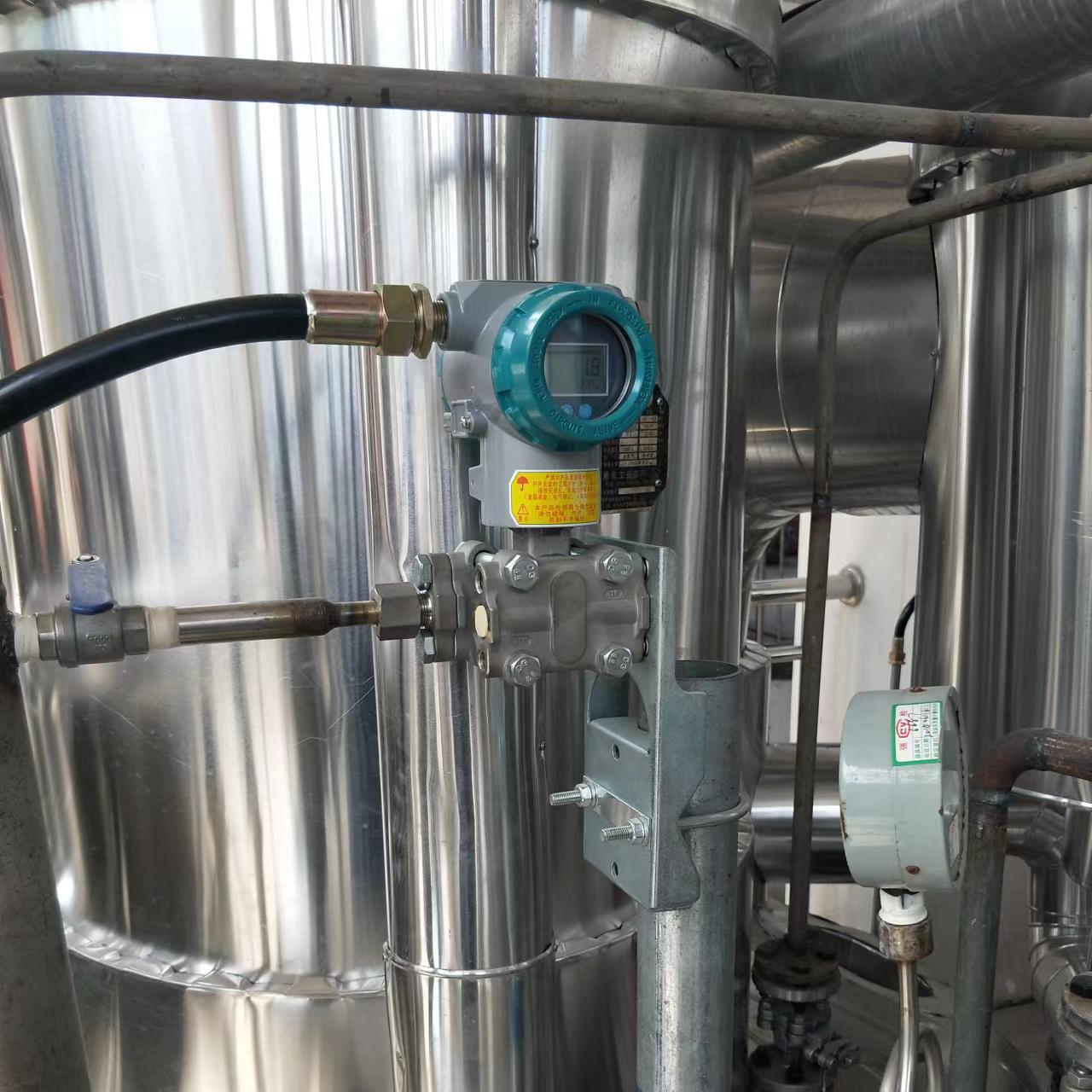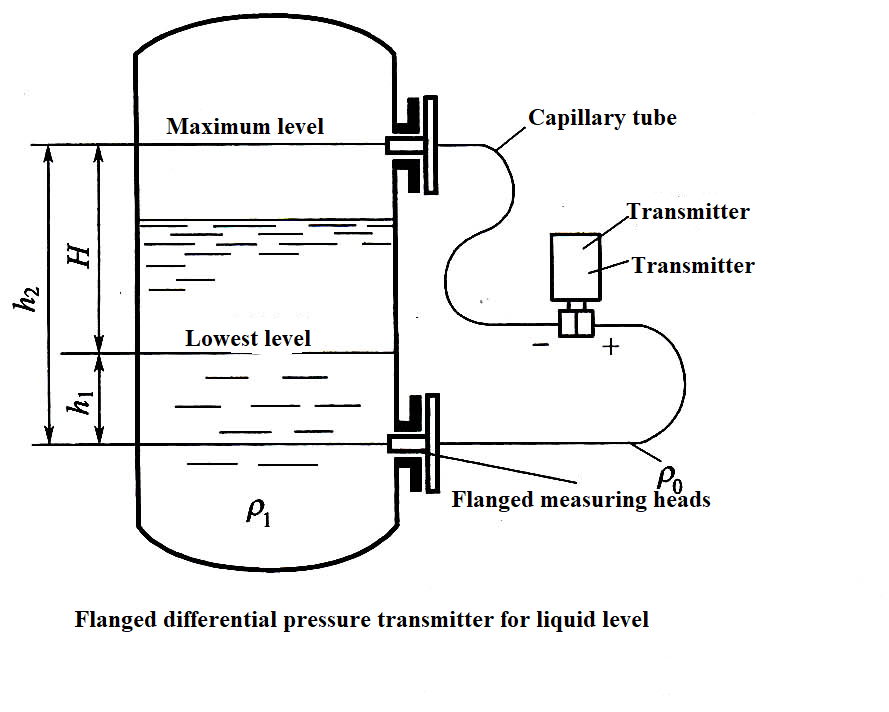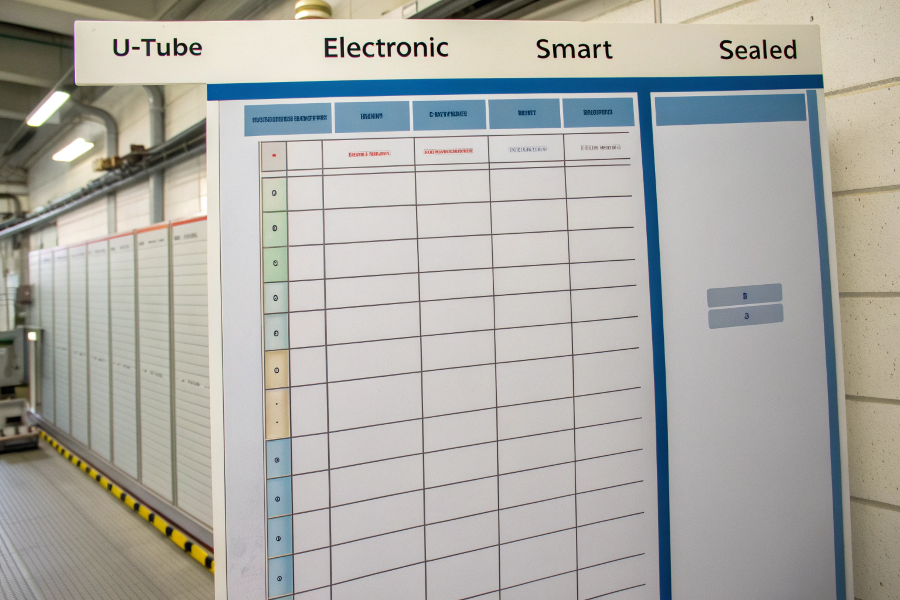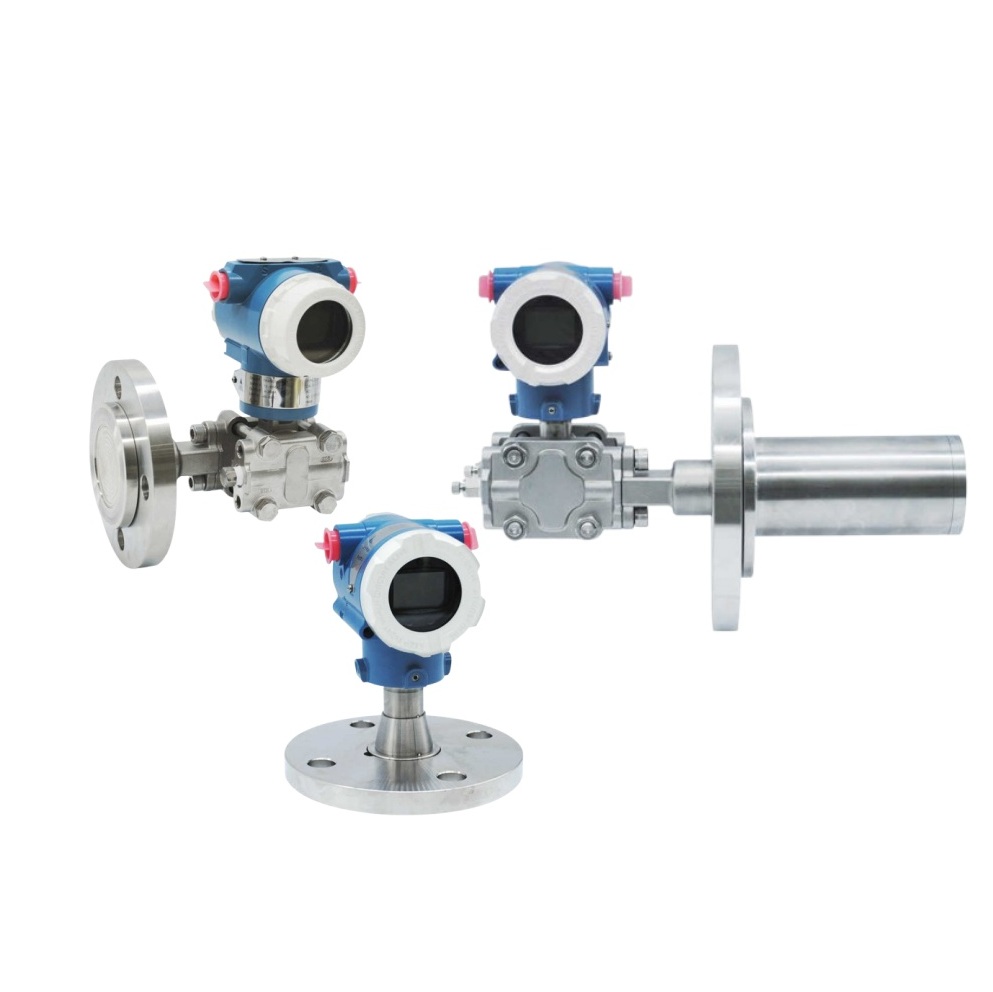Tank level measurement errors can lead to serious inventory discrepancies and safety issues.
A differential pressure transmitter measures tank level by comparing the pressure at the tank bottom (caused by liquid height) to a reference pressure, typically atmospheric pressure for open tanks.

DP Tank Level Measurement System
Let me share our experience in implementing DP level measurement solutions across various industries.
How To Measure Tank Level Using DP Transmitter?
Improper installation of DP level measurement systems often results in unreliable readings.
To measure tank level using a DP transmitter, install the transmitter below the tank’s lowest measurement point, connect impulse lines properly, and configure the transmitter based on fluid density.

DP Level Installation Guide
From our field experience:
Installation Requirements
-
Key Components
Component Function Considerations DP Transmitter Level measurement Mounting location Impulse Lines Pressure transfer Proper slope Isolation Valves Maintenance access Type selection Seal Systems Process isolation Material compatibility -
Installation Guidelines
- Transmitter location
- Impulse line routing
- Reference leg setup
- Calibration access
Configuration Steps
-
Setup Parameters
- Zero point setting
- Span calculation
- Density compensation
- Temperature effects
-
Commissioning
- Air purging
- Zero verification
- Range checking
- Documentation
How Do You Measure The Level Of A Tank With Pressure?
Understanding pressure-based level measurement principles is crucial for accurate readings.
Tank level measurement with pressure involves converting the hydrostatic pressure of the liquid column (P = ρgh) into a level reading, where pressure increases linearly with liquid height.

Pressure-Based Level Measurement
Based on our technical expertise:
Measurement Principles
-
Physical Factors
Factor Impact Consideration Liquid Density Direct effect Temperature compensation Tank Height Range setting Installation limits Pressure Units Conversion Local standards Temperature Density changes Compensation needed -
Application Considerations
- Open vs. closed tanks
- Process conditions
- Environmental factors
- Maintenance access
System Implementation
-
Design Requirements
- Accuracy needs
- Range calculation
- Material selection
- Safety considerations
-
Performance Optimization
- Regular calibration
- Temperature compensation
- Density updates
- Zero checking
What Is A Differential Pressure Manometer For Measuring Liquid Level?
Many users need clarification about different types of level measurement devices.
A differential pressure manometer for liquid level measurement is a device that compares the pressure at the bottom of a tank with a reference pressure to determine liquid height.

DP Manometer Types
Drawing from our product knowledge:
Manometer Types
-
Common Configurations
Type Operation Application U-Tube Visual comparison Simple systems Electronic Digital output Modern control Smart Advanced features Complex processes Sealed Reference leg Closed tanks -
Selection Criteria
- Measurement range
- Accuracy requirements
- Process conditions
- Installation limits
Application Considerations
-
Implementation Factors
- Mounting options
- Signal output
- Maintenance needs
- Calibration methods
-
Operating Parameters
- Temperature limits
- Pressure range
- Material compatibility
- Environmental protection
What Is The Differential Pressure In A Tank?
Understanding differential pressure concepts is essential for proper level measurement.
Differential pressure in a tank is the pressure difference between two points, typically between the bottom of the tank (hydrostatic pressure) and the top (vapor space or atmospheric pressure).

Tank Differential Pressure Concept
Based on our practical experience:
Pressure Relationships
-
Key Parameters
Parameter Description Impact Hydrostatic Liquid column Direct measurement Vapor Space Top pressure Reference point Net DP Measurement value Level calculation Static Pressure System pressure Compensation -
Influencing Factors
- Fluid properties
- Tank conditions
- Environmental effects
- Process changes
Measurement Applications
-
System Requirements
- Accuracy needs
- Range considerations
- Safety factors
- Maintenance access
-
Implementation Steps
- Installation planning
- Configuration setup
- Performance validation
- Regular maintenance
Conclusion
Successful tank level measurement using DP transmitters requires proper understanding of principles, careful installation, regular maintenance, and consideration of process conditions.
